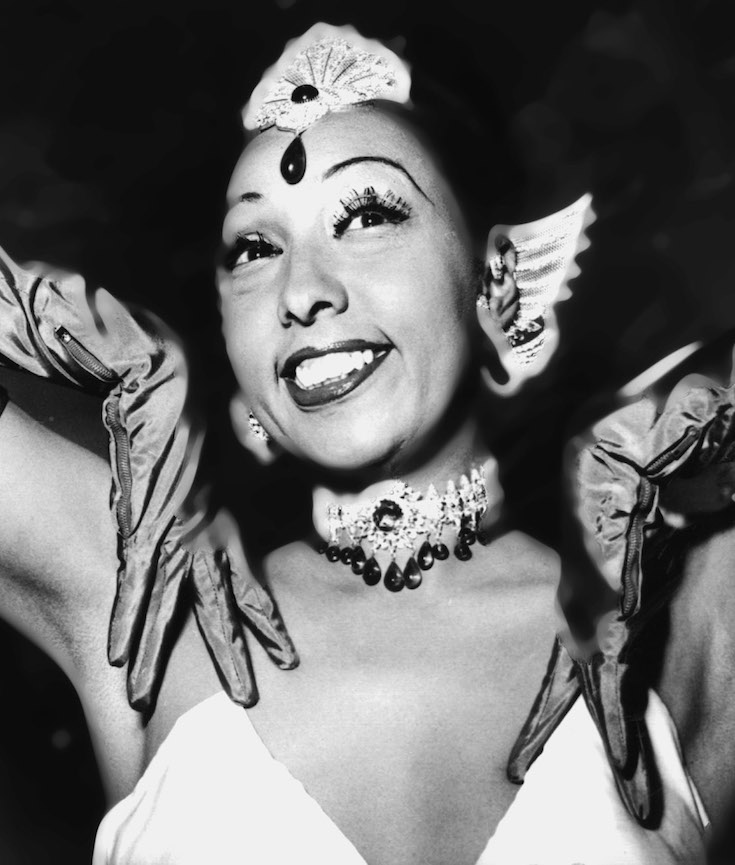Yet Baker was no ordinary performer – she went on to become a Second World War spy, was active in the fight against segregation and even attracted the attentions of the FBI. Writing for History Extra, Ailsa Ross shares the story of a remarkable life.
Daring, free and electrifyingly modern, Josephine Baker was an overnight sensation when she debuted on the Paris stage on 2 October 1925. Although the 19-year-old performer wore glamorous outfits as she danced and sang, she was also a comic, flailing her arms and crossing her eyes to make the audience laugh. Her most iconic dance was described as: “a Charleston, a belly dance, Mama Dink’s Chicken, bumps, grinds, all in one number, with bananas flying.”
However, Baker was much more than a performer. She was a woman perceived to be so dangerous that, in the course of her life, the FBI kept 471 pages of files against her.
[mc4wp_form id=”6042″]




Jim Crow laws were state and local laws enforcing racial segregation in the Southern United States. Enacted after the Reconstruction period, these laws continued in force until 1965. They mandated de jure racial segregation in all public facilities in the states of the former Confederate States of America, starting in 1890 with a “separate but equal” status for African Americans. Facilities for African Americans were consistently inferior and underfunded compared to those available to European Americans; sometimes they did not exist at all. This body of law institutionalized a number of economic, educational, and social disadvantages. De jure segregation mainly applied to the Southern states, while Northern segregation was generally de facto—patterns of housing segregation enforced by private covenants, bank lending practices, and job discrimination, including discriminatory labor union practices. (Wikipedia).



You must be logged in to post a comment.